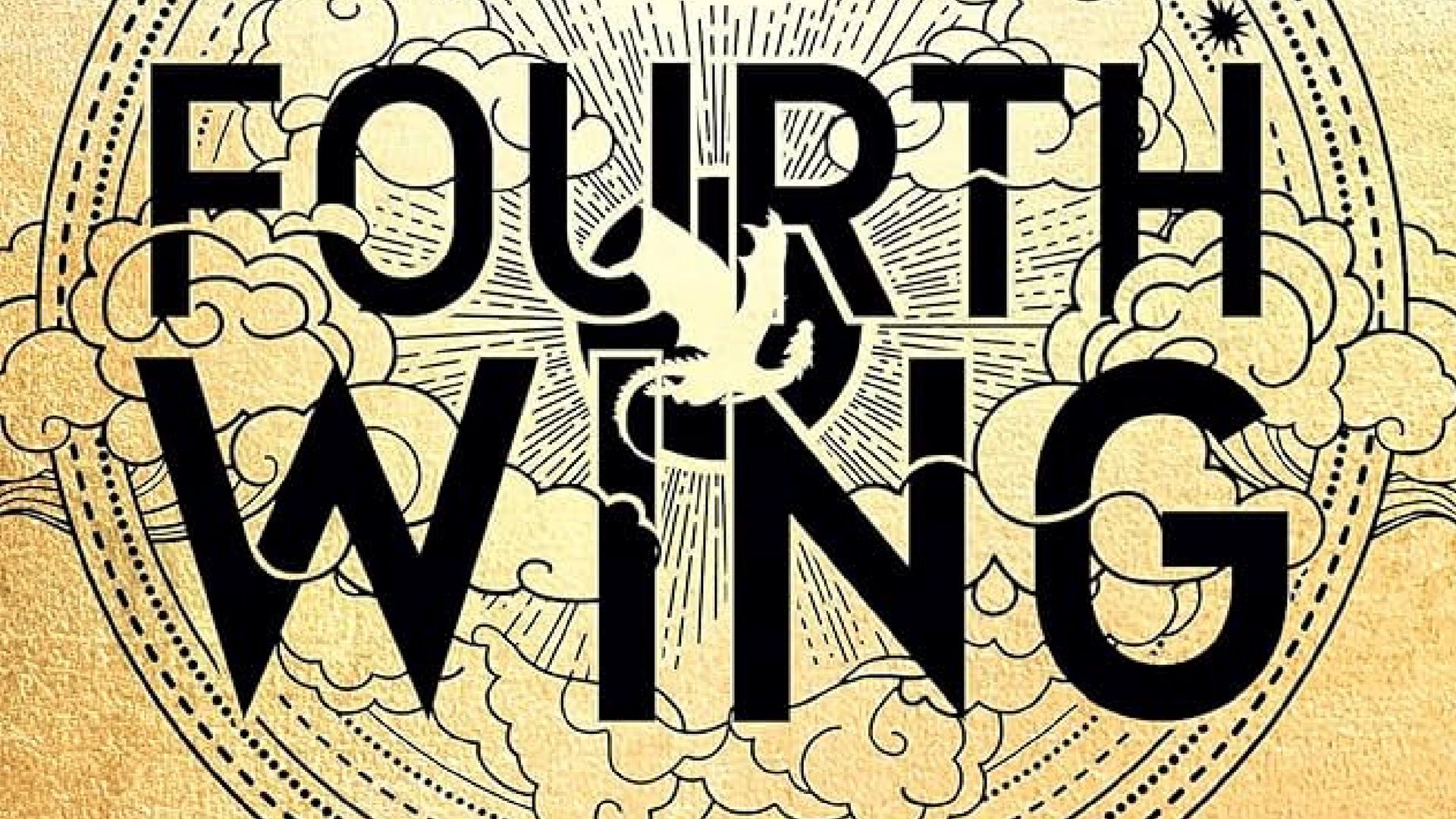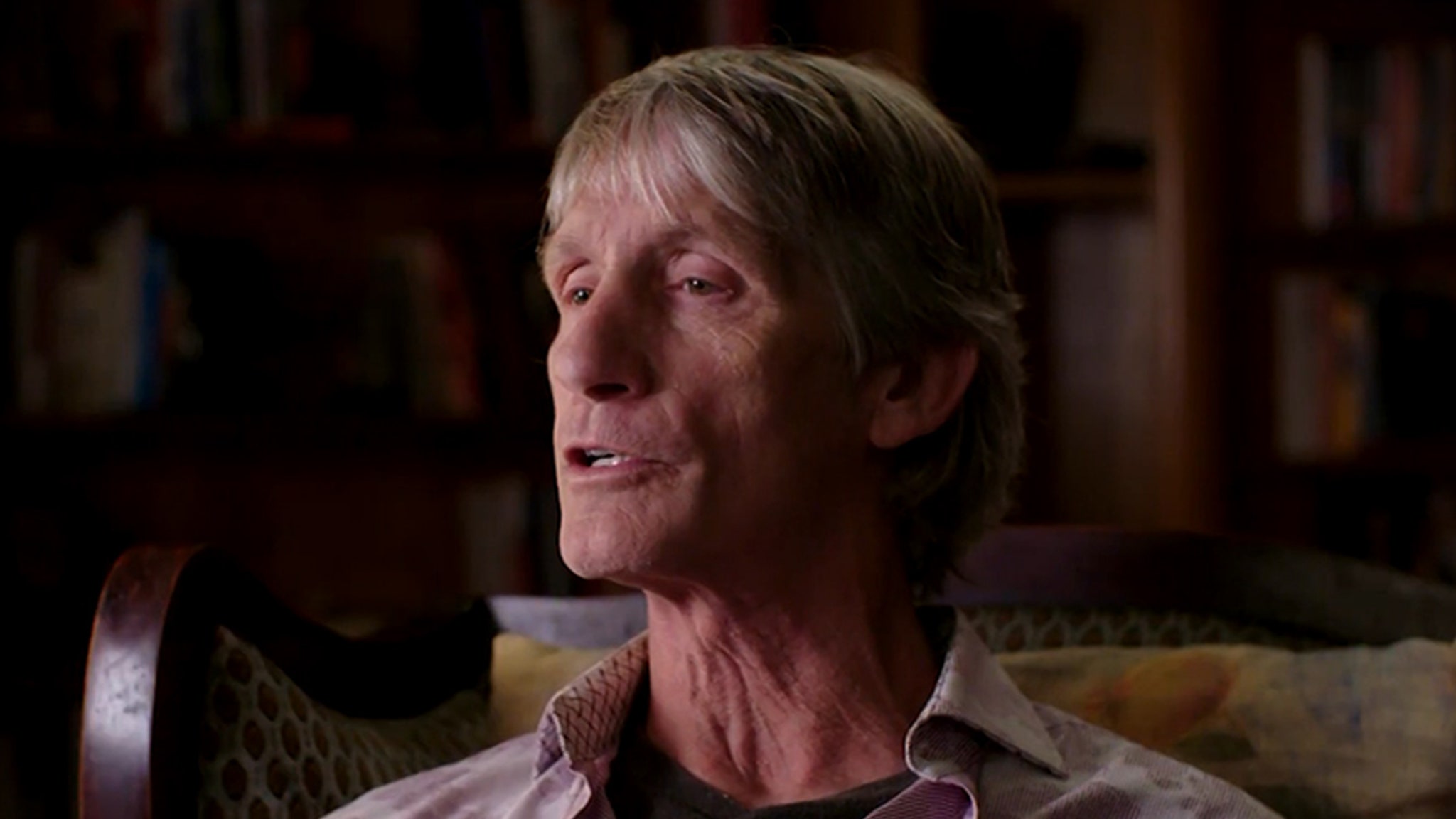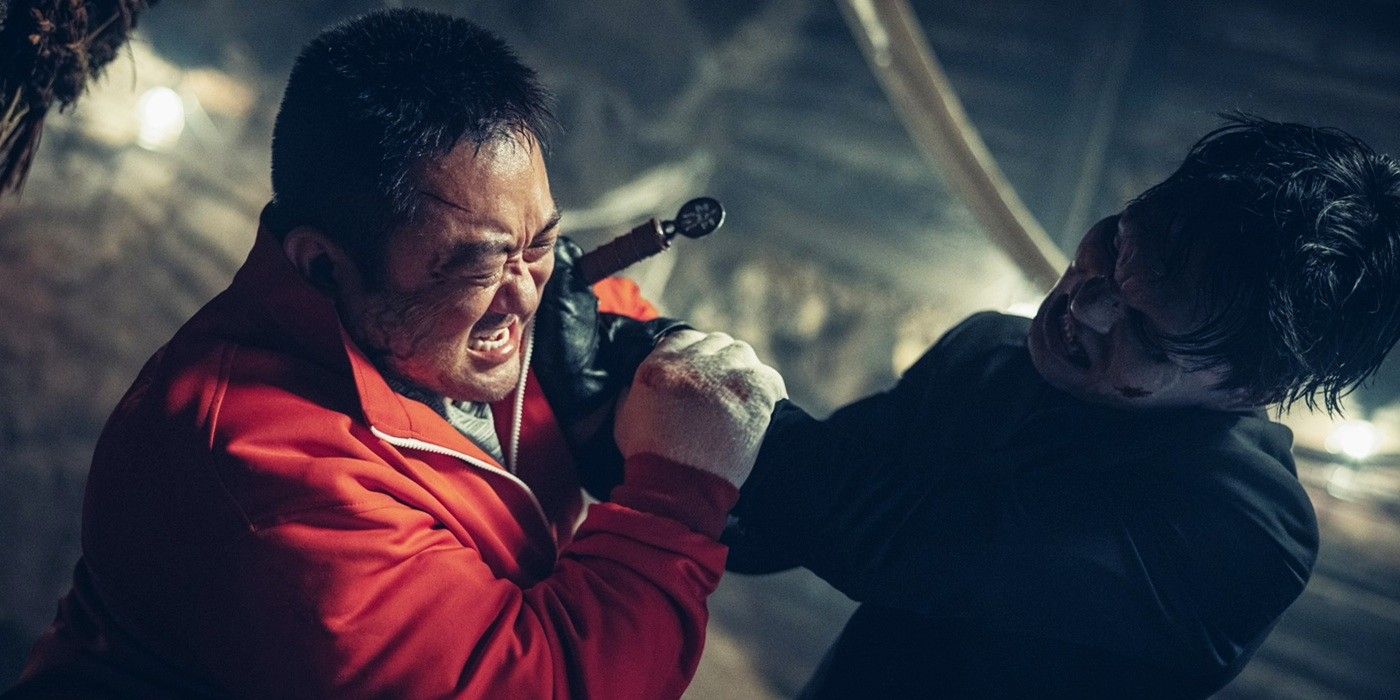At the film’s start, Chastain’s hotheaded CIA operative, Mason “Mace” Brown, and her partner, Nick (Sebastian Stan), pose as newlyweds to meet up in Paris with the Colombian intelligence agent who has the device (an underused Edgar Ramirez). (Chastain and Stan, who previously worked together on “The Martian,” are supposedly best friends who are secretly in love with each other, but they have zero chemistry.) Kruger, as bad-ass German operative Marie, intercepts it instead, leading to one of the movie’s many dizzying action sequences. Mace brings in her reluctant former MI6 pal, the brilliant hacker Khadijah (Nyong’o), to trace its location. But Cruz, as the Colombian psychologist Dr. Graciela Rivera, also gets dragged into the fray; implausibly, she was sent into the field to find Ramirez’s character and bring him home.
Eventually it becomes clear that all of these women must set aside their differences and team up to find the device: “They get this, they start World War III,” Mace says to Khadijah in one of the movie’s many, many examples of clunky exposition. But first, a fistfight between Mace and Marie involving frozen seafood, which isn’t nearly as fun as it sounds. And the moment in which they all stand around, screaming inane dialogue and pointing guns at each other before reaching an uneasy détente, could not be staged or shot more awkwardly.
One of the film’s most egregious sins is the way it wastes Cruz’s formidable presence and ability. She plays the frightened fish out of water, eager to get home to her husband and sons. As if her character’s inclusion weren’t contrived enough, she’s then asked to be cowering and meek, which aren’t exactly her strong suits.
And yet, there are a couple of scenes that indicate how much better “The 355” could have been. At one point, after achieving a victory, they all sit around drinking beer and swapping war stories, and the blossoming camaraderie on display makes you wish there were more of that. The idea of them rejecting their male-dominated agencies, being on their own, and having to rely on each other for survival is also intriguing—like a more violent version of “9 to 5.”
You can view the original article HERE.


























:quality(85):upscale()/2025/04/17/966/n/1922564/69dc205568017c7cad79f2.40744747_.png)


